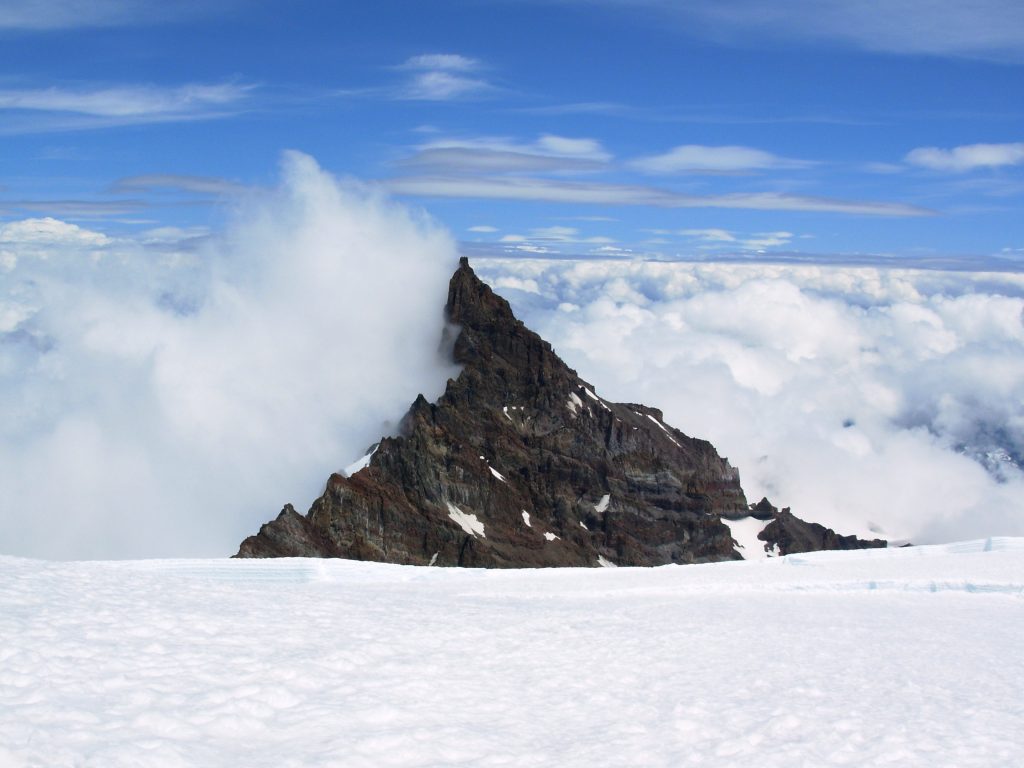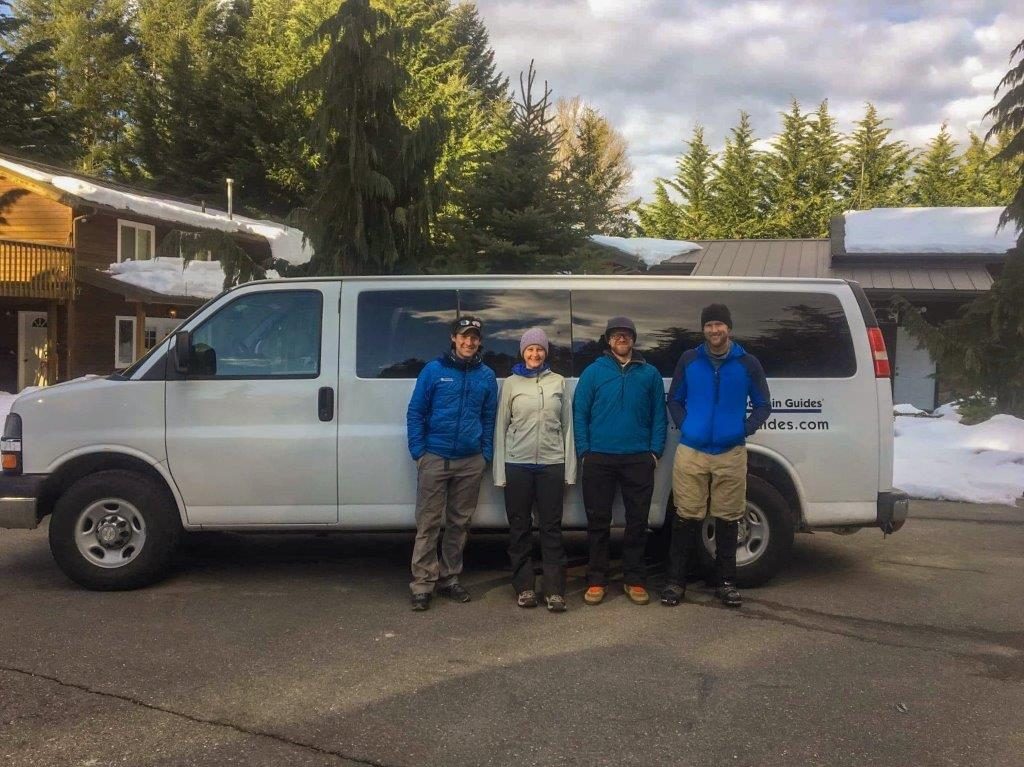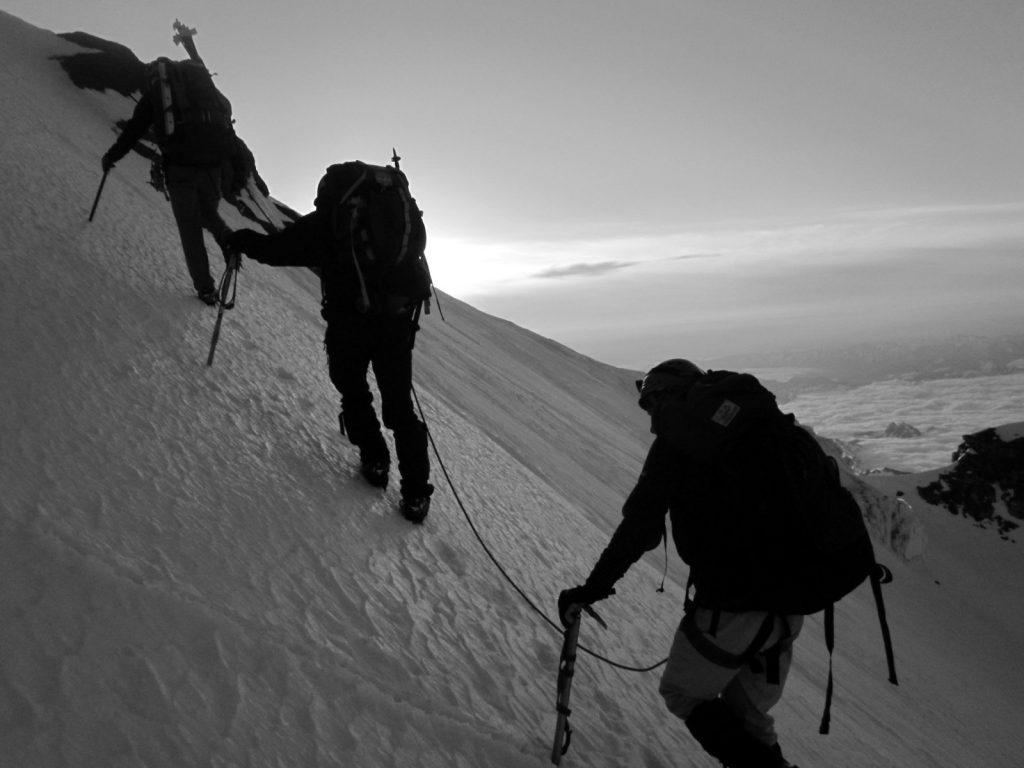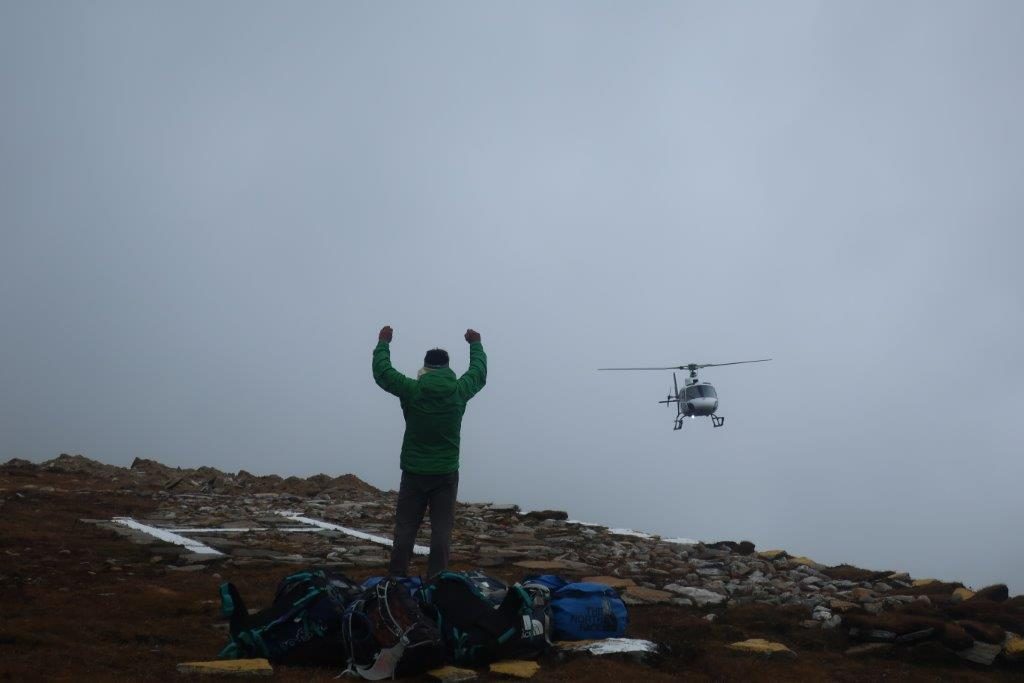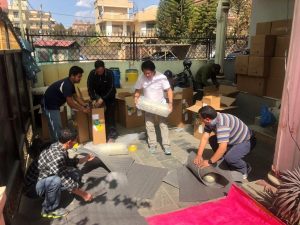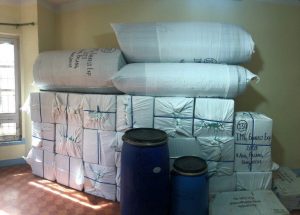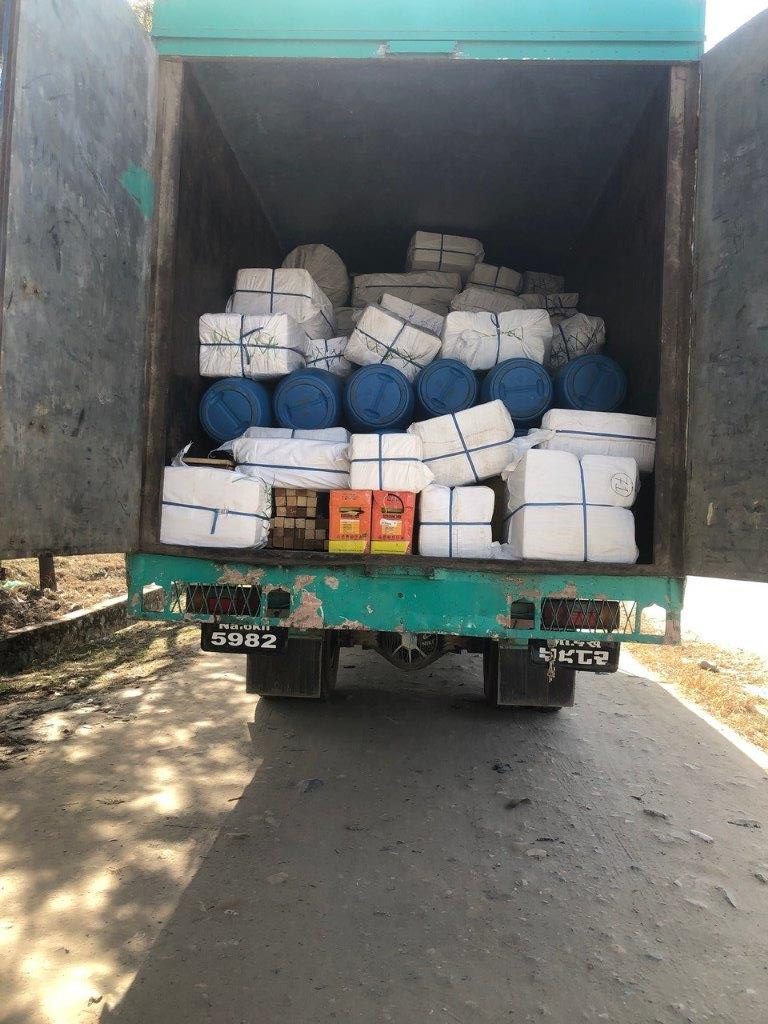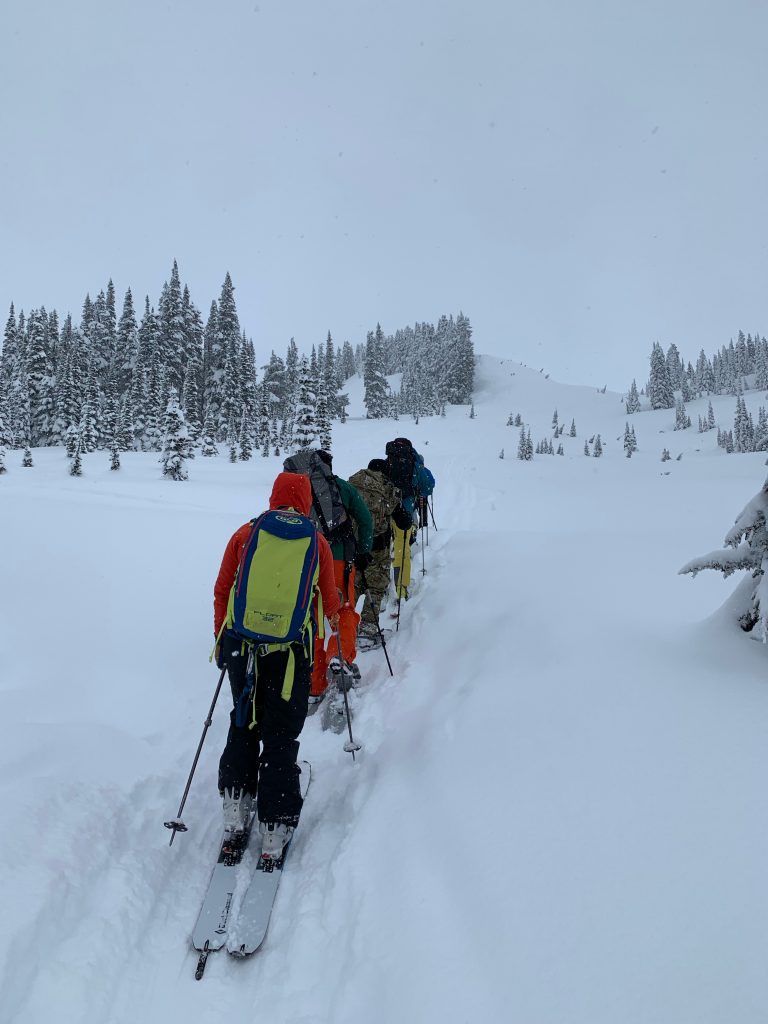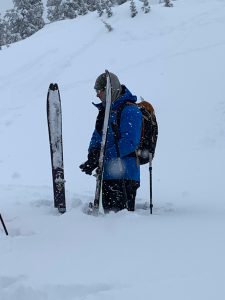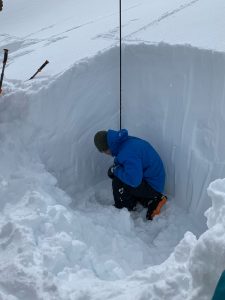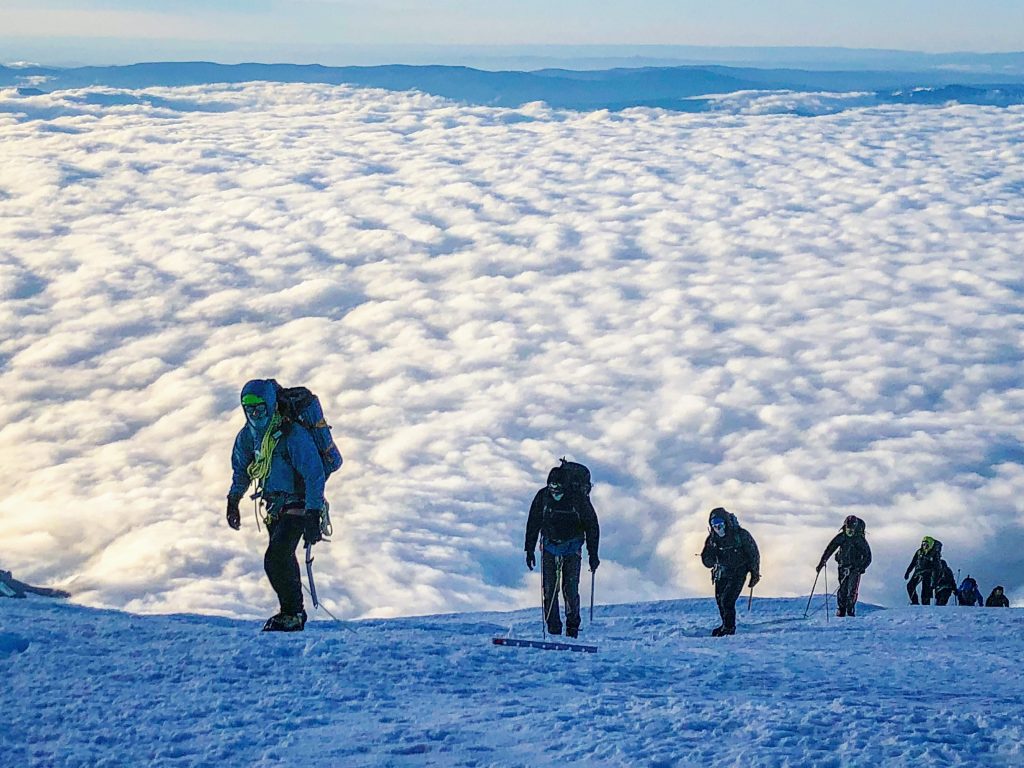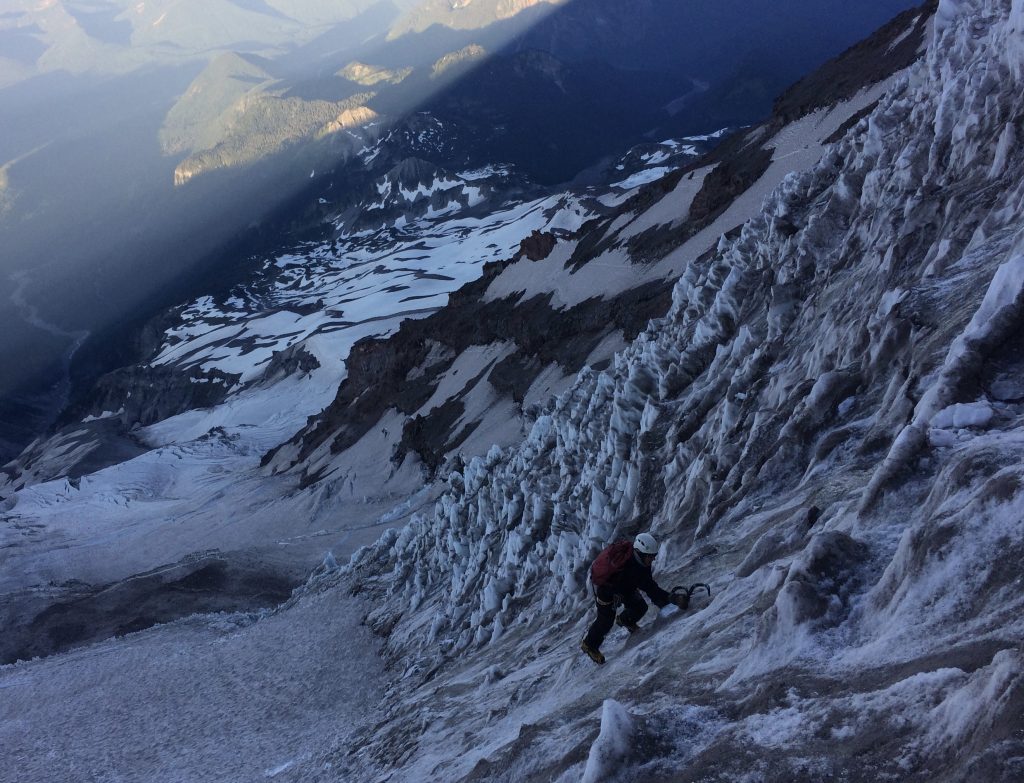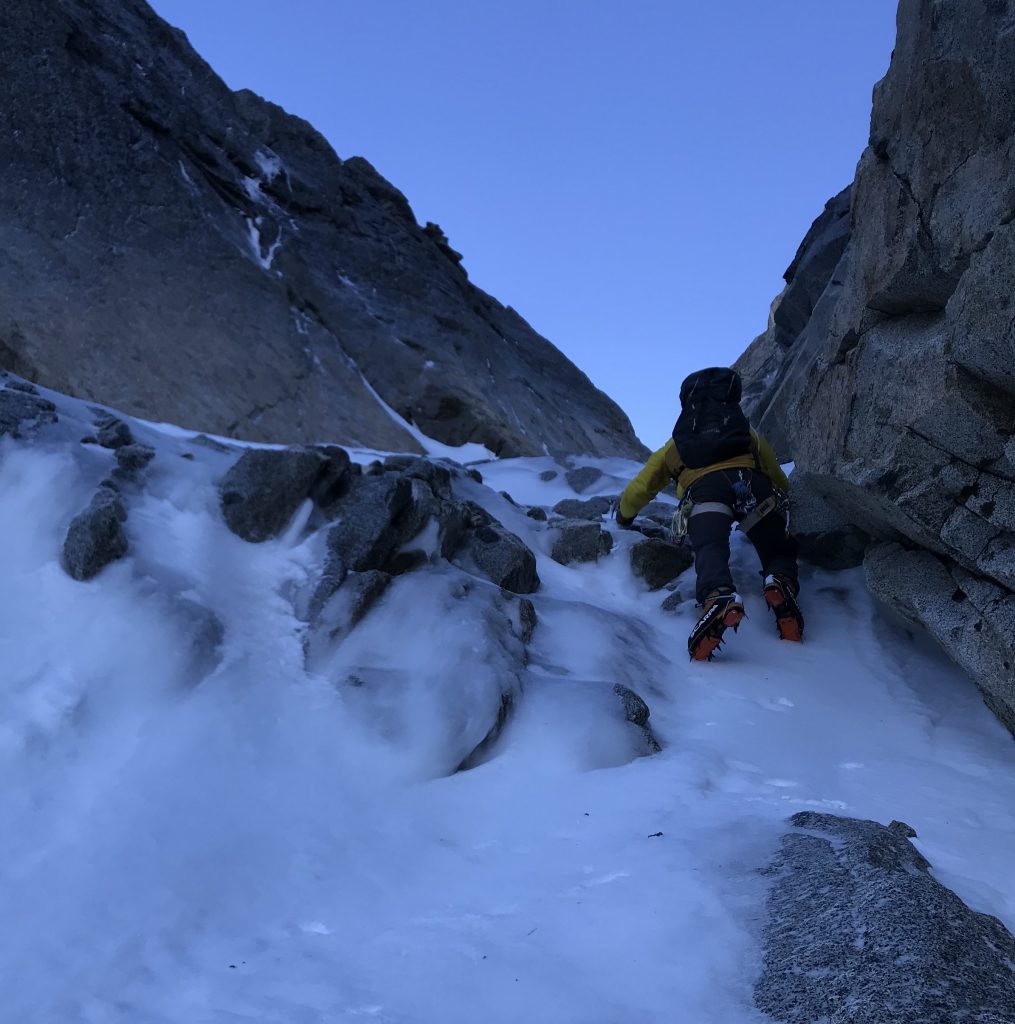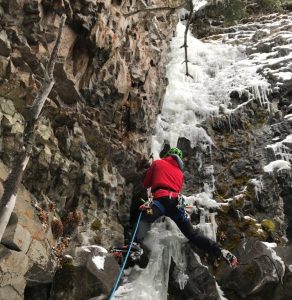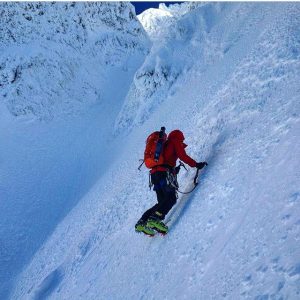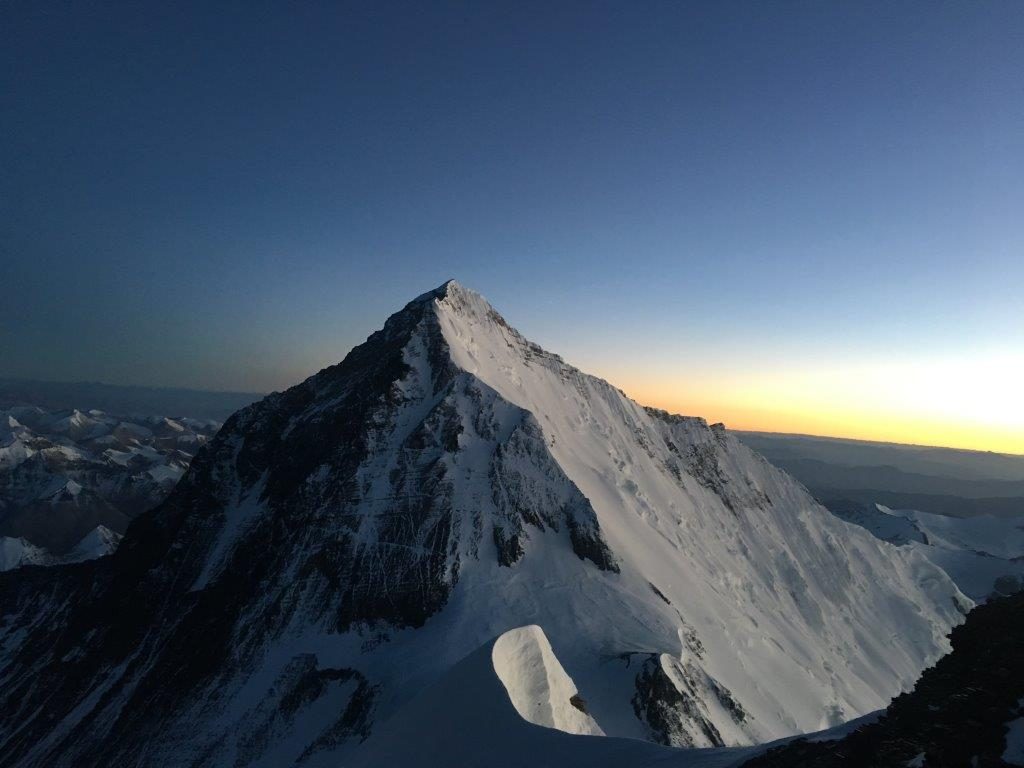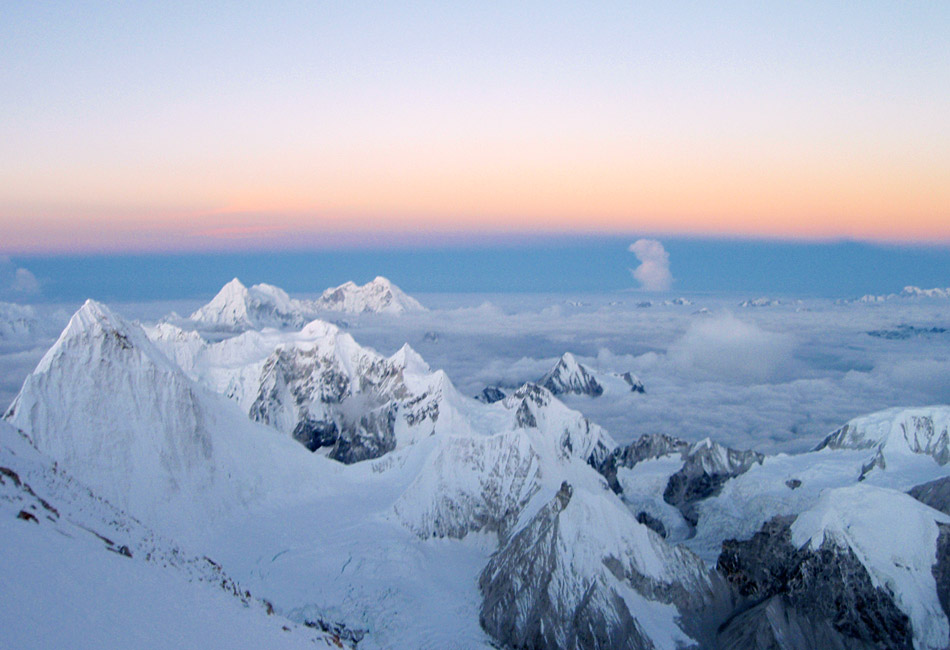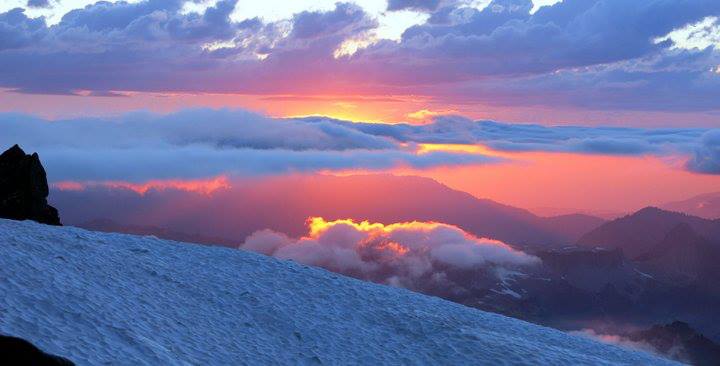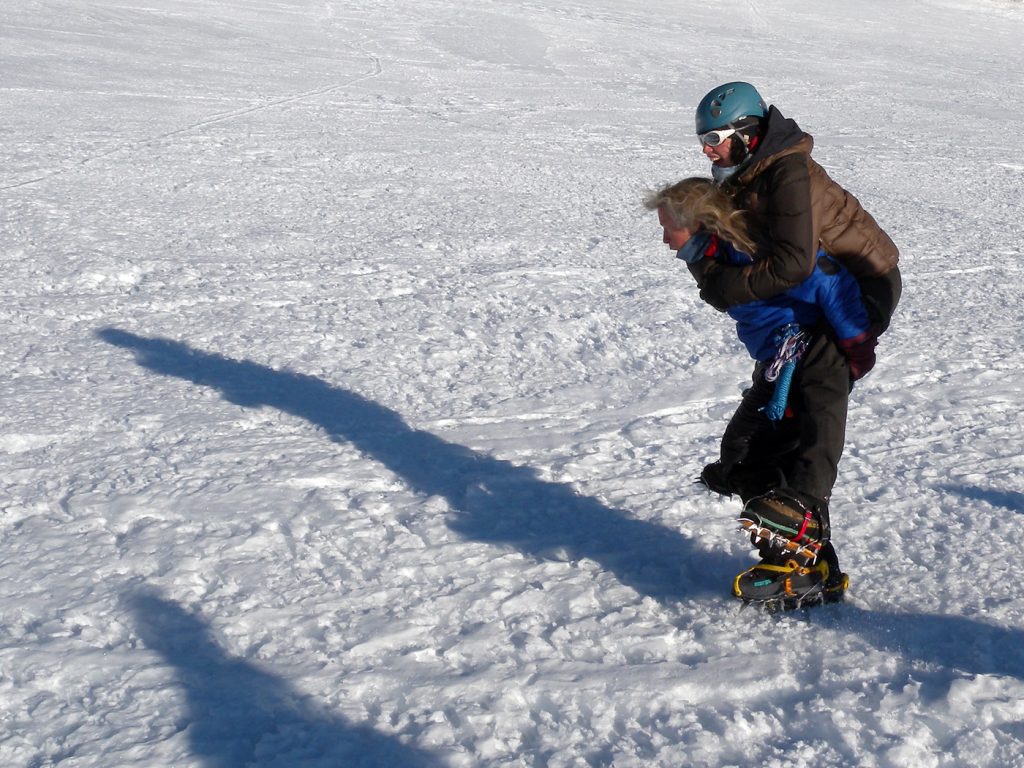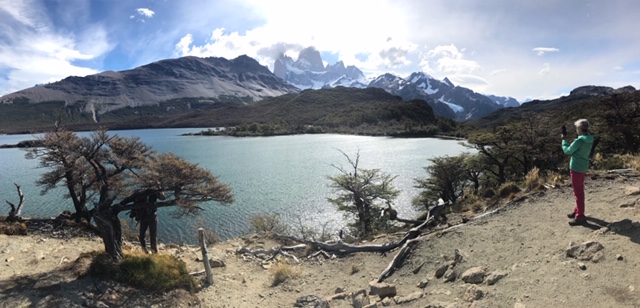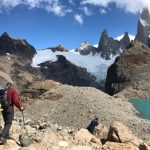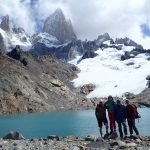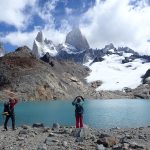March 5, 2019
If you have your sights set on the more remote and challenging climbing found in the vast wilderness of Alaska’s Wrangell-St. Elias National Park you’ll need some solid training first. IMG has created the perfect program for you. Our 5.5 Day Little Tahoma Seminar is made up of small teams (4 climbers, 2 guides), is offered only twice per year (when conditions are ideal for this type of training), and held far from the crowds on Rainier.
We still have room on the following:
These seminars are run by the most experienced IMG guides and are exactly what you need to take your mountaineering to the next level!
Email: office@mountainguides.com for availability.
Heather Garland

